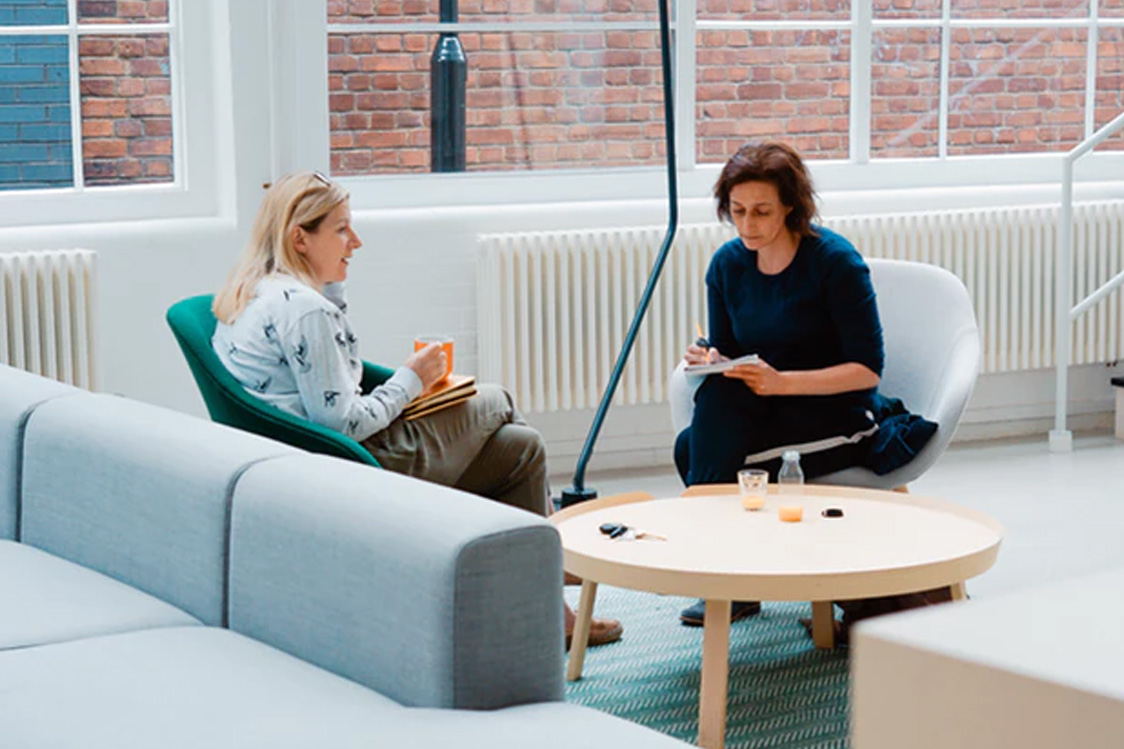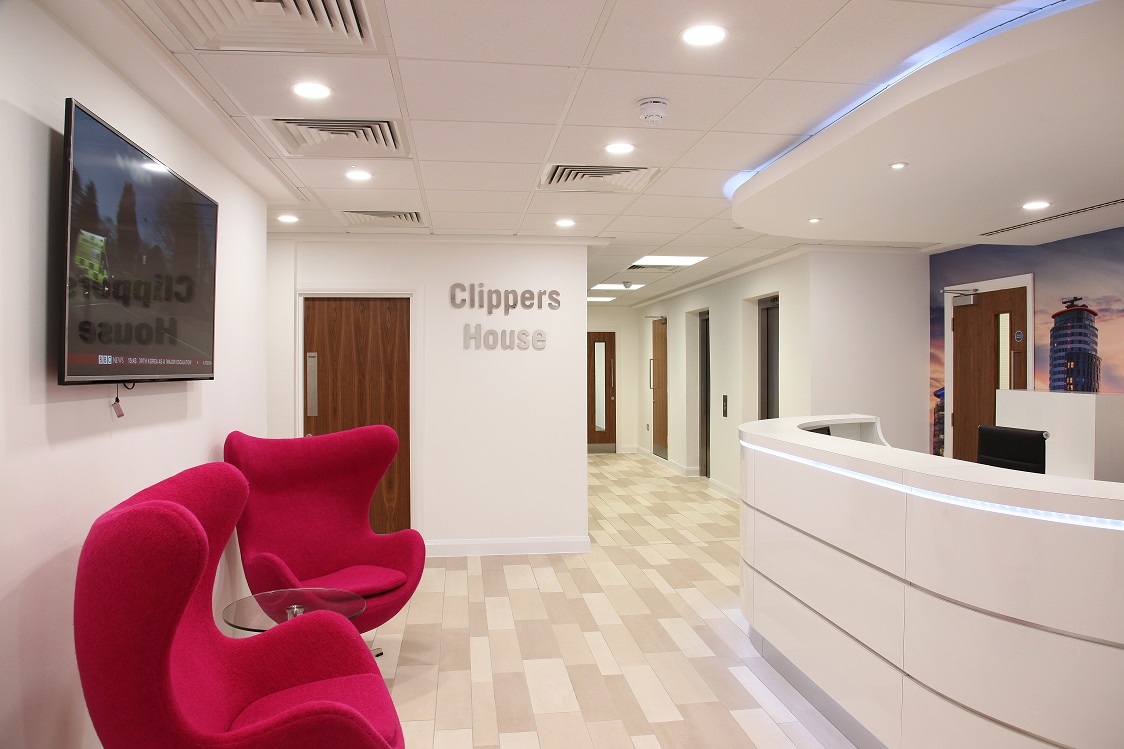With more and more digital businesses doing the bulk of their work online and on computers, how do you know if physical meeting rooms could still help to boost your productivity and employee collaboration?
One digital business provides a better benchmark than most. IBM, whose new Studio opened at their London Southbank head office in 2015, invested $100 million globally into developing new methods of working and new modern workspaces to facilitate that work.
Yet look at it on paper and the IBM Studio looks a lot like many shared office spaces:
- Breakout spaces for informal collaboration.
- Separate meeting rooms for more private discussions.
- Relaxation areas with ping pong tables.
So how do these physical meeting rooms and other collaborative spaces help a digital business like IBM to be more productive than if teams were to collaborate solely online?
Fast and flexible
In a conference paper due to be presented in January 2019, Joao Porto De Albuquerque of the University of Warwick and co-authors look at the working practices used in the IBM Studio, and find some interesting characteristics in the way the physical and virtual worlds interact.
For example, the study notes that IBM Studio’s virtual collaboration tools are laid out in a way that reflects the physical workspace, with groups for each team that shares a physical desk in real life, supported by public and private threads that resemble the breakout spaces and meeting rooms.
The teams also favour face-to-face meetings for faster and more flexible collaboration, including:
- Informal ‘stand-up’ meetings in the morning to discuss the day’s itinerary.
- Ad hoc brainstorming sessions attended by anyone who happens to be available.
- Sketching sessions where plans are put down on paper before being transferred to the virtual space.
One IBM Designer tells the researchers: “Typically we will start with sketches and talk through them so we can iterate quickly. Sketching is much faster than working on a computer; you can work through problems faster by drawing it out and talking about it.”
Councils of war
An even more dramatic finding of the study comes when looking at ‘ephemeral’ use of physical meeting space, for example in response to a major problem such as a flaw in computer programming code.
Here, the IBM Studio team abandon their other work to attend a ‘War Room’ scenario, clustered around a shared display in close physical proximity – again, something a meeting room with audiovisual presentation equipment is ideally suited to achieve.
“In this case, the digital tools and space operated in sync to support quick reaction and immediacy in discussion and focused observation of the problem,” the researchers add.
The conclusion is clear – whether for everyday digital activities or in response to a major problem, physical meeting rooms provide a space for fast, flexible collaboration in a way that cannot yet be fully replicated online, giving digital businesses the best of both worlds to get the job done.
Find out more about our serviced offices and meeting rooms in London by calling the Serviced Office Company on 0800 319 6600 or email davenport@servicedofficecompany.co.uk to enquire about our premises at Davenport House on the Isle of Dogs.




